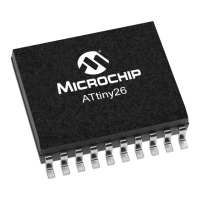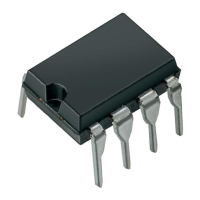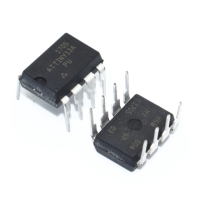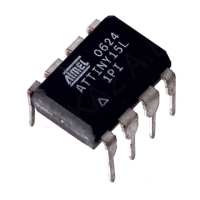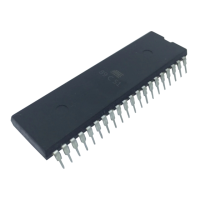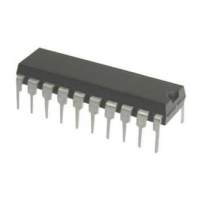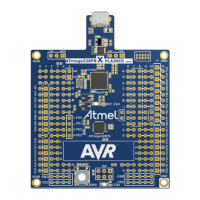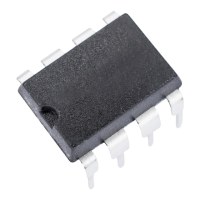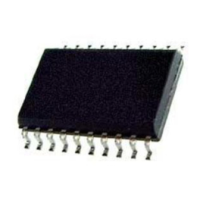80
7598H–AVR–07/09
ATtiny25/45/85
Figure 13-2. Prescaler for Timer/Counter0
Note: 1. The synchronization logic on the input pins (T0) is shown in Figure 13-1.
13.2.1 General Timer/Counter Control Register – GTCCR
• Bit 7 – TSM: Timer/Counter Synchronization Mode
Writing the TSM bit to one activates the Timer/Counter Synchronization mode. In this mode, the
value that is written to the PSR0 bit is kept, hence keeping the Prescaler Reset signal asserted.
This ensures that the Timer/Counter is halted and can be configured without the risk of advanc-
ing during configuration. When the TSM bit is written to zero, the PSR0 bit is cleared by
hardware, and the Timer/Counter start counting.
• Bit 0 – PSR0: Prescaler Reset Timer/Counter0
When this bit is one, the Timer/Counter0 prescaler will be Reset. This bit is normally cleared
immediately by hardware, except if the TSM bit is set.
PSR10
Clear
clk
T0
T0
clk
I/O
Synchronization
Bit 7 6 5 4 3 2 1 0
TSM
PWM1B COM1B1 COM1B0 FOC1B FOC1A PSR1 PSR0 GTCCR
Read/Write R/W R R R R R R R/W
Initial Value 0 0 0 0 0 0 0 0
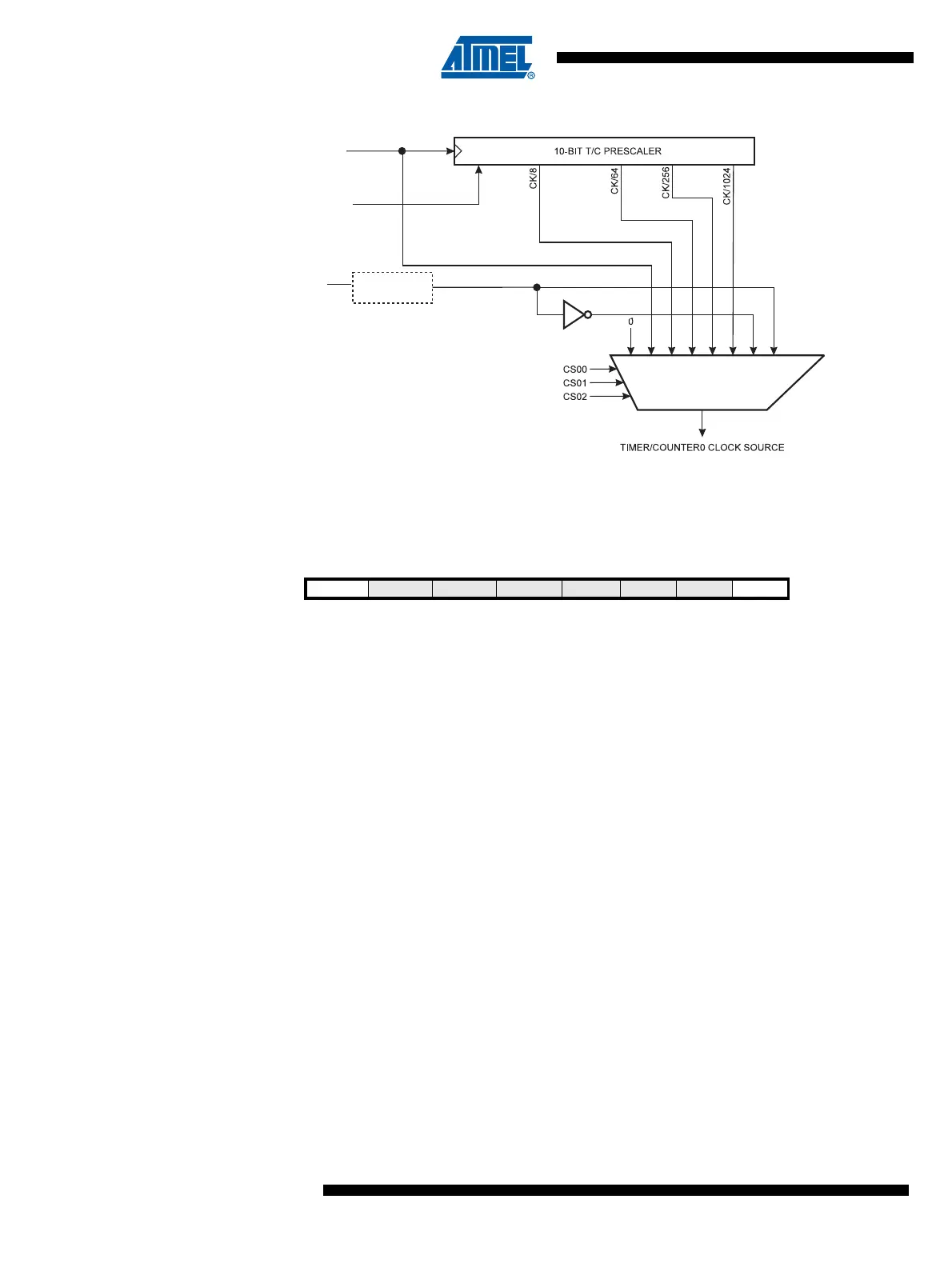